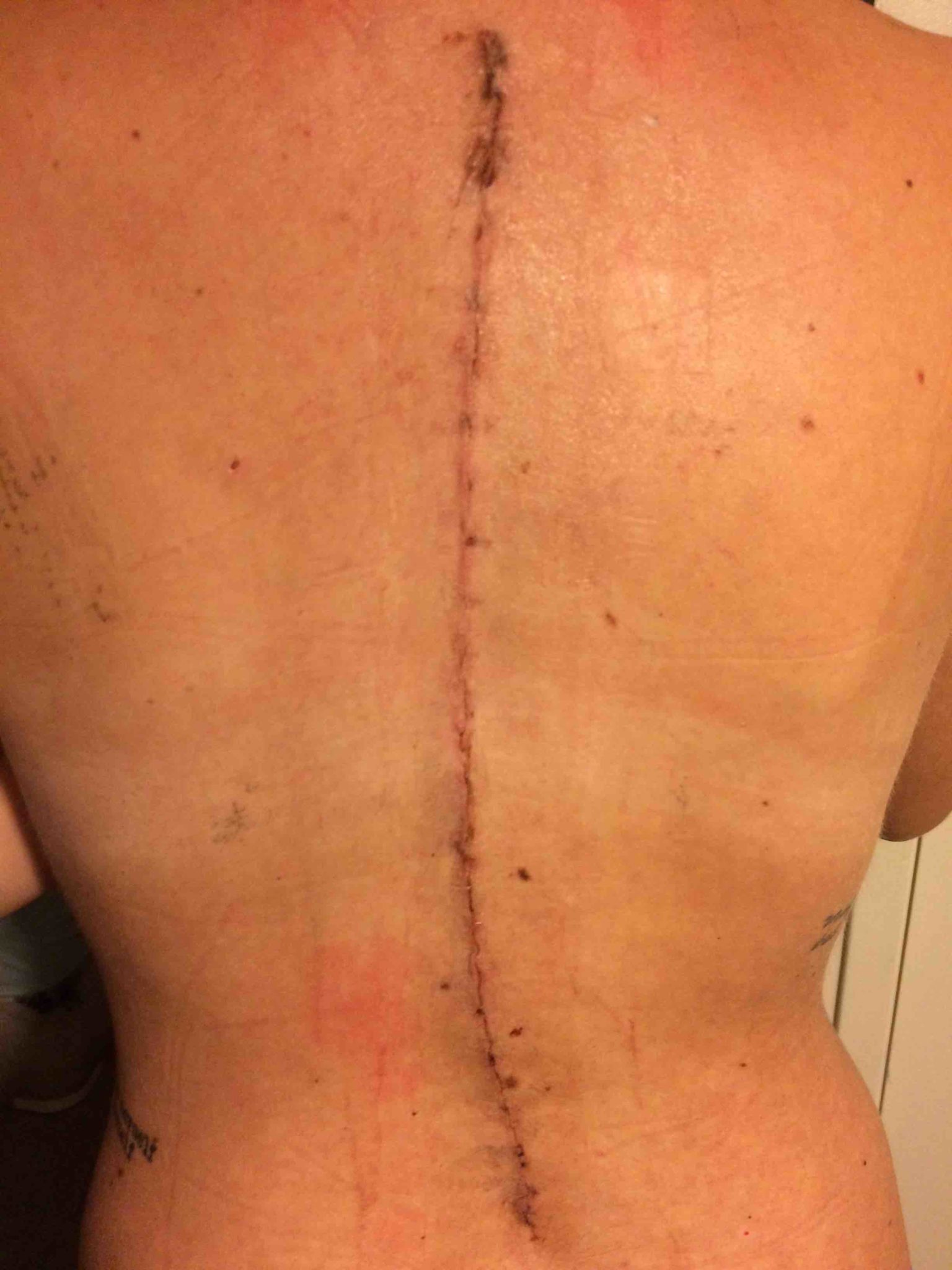Spinal Fusion Surgery in Rome
Search and Compare the Best Clinics and Doctors at the Lowest Prices for Spinal Fusion Surgery in Rome

Find the best clinics for Spinal Fusion Surgery in Rome
No pricing info available
Malaysia offers the best prices Worldwide
Price: $ 100
From 56 verified reviews
AnnaSPQR, 09 February 2020
Good efficient medical attention. Clean and modern. Splendid nursing staff and doctors. Friendly and helpful.
WHY US?
At Medijump, we're making medical easy. You can search, compare, discuss, and book your medical all in one place. We open the door to the best medical providers worldwide, saving you time and energy along the way, and it's all for FREE, no hidden fees, and no price markups guaranteed. So what are you waiting for?

Free

Best Price

Widest Selection

Risk-Free
What you need to know about Spinal Fusion Surgery in Rome

Spinal fusion surgery is a surgical procedure to connect two or more vertebrae in your spine so that they can heal into a single bone. The goal of the procedure is to correct problems within the vertebrae (such as to restore stability to the spine or to eliminate painful motion) as the bones will not move like they used to and keep you from stretching nearby ligaments, nerves, and muscles. The surgery is often recommended for people with back pain caused by degenerative disk disease, scoliosis, fracture, tumors, spine infection, spondylolisthesis, and spinal stenosis.
What does a Spinal Fusion Surgery Procedure Involve?
The procedure is performed under general anesthetic, the surgery begins with an incision in your abdomen (anterior lumbar interbody fusion) or in your back directly over your spine (posterior fusion) to access your spine. Then, your doctor removes the joint or joints between the painful or damaged disks. After that, the vertebrae are fused together permanently and kept from moving pieces of bone from another part of your body or a bone bank (called a bone graft). Screws, rods, or metal plates may be used to help hold the vertebrae together.
How Long Should I Stay in Rome for a Spinal Fusion Surgery Procedure?
You are required to stay in the hospital for two to seven days following your spinal fusion surgery. You should aim to stay in Rome for about eight to ten more days for initial recovery, follow-up checkup, and for the stitches to be removed.
What's the Recovery Time for Spinal Fusion Surgery Procedures in Rome?
Recovery from spinal fusion surgery can take as long as six to twelve months. If your job is not physically demanding, you may be able to get back to work and some of your activities within 3-4 months, but make sure you consult your doctor about your recovery timeline to avoid any complications.
What sort of Aftercare is Required for Spinal Fusion Surgery Procedures in Rome?
For the first six months following the surgery, you need to avoid bending, twisting, and heavy lifting. You will have physical therapy where you will learn how to move, sit, stand, and walk properly. You will also need to attend follow-up appointments after six weeks, six months, a year, or two years following your surgery, but you can do this with your local doctor. After you recover, you will need to maintain a healthy lifestyle, such as having regular exercise and following a healthy diet.
What's the Success Rate of Spinal Fusion Surgery Procedures in Rome?
Spinal fusion surgery is generally safe and effective. Approximately 80% to 95% of people who have spinal fusion are satisfied with the result and about 70% said that their pain is significantly reduced. However, as with any surgery, there are some potential side effects and risks, such as bleeding, blood clots, poor wound healing, infection, injury to nerves or blood vessels in and around the spine, pseudoarthrosis, tissue rejection, and risk from anesthesia.
Are there Alternatives to Spinal Fusion Surgery Procedures in Rome?
There are some alternatives that you can consider, such as artificial disk replacement surgery, Intradiscal Electrothermal Therapy (IDET), and posterior dynamic stabilization. Make sure you discuss with your doctor the best options for you.
What Should You Expect Before and After the Procedure
Before spinal fusion surgery, you may suffer from fractures, instability, or deformities in the spine and you may experience back or neck pain that limits your movement and mobility. After the surgery, the problem in your spine should be treated and any symptoms should be relieved, allowing you to return to your normal life.
Whilst the information presented here has been accurately sourced and verified by a medical professional for its accuracy, it is still advised to consult with your doctor before pursuing a medical treatment at one of the listed medical providers
No Time?
Tell us what you're looking for and we'll reachout to the top clinics all at once
Enquire Now

Popular Procedures in Rome
Prices Start From $3,084

Prices Start From $2,120

Prices Start From $200

Recommended Medical Centers in Rome for Spinal Fusion Surgery

- Interpreter services
- Translation service
- Religious facilities
- Medical records transfer
- Medical travel insurance
- Health insurance coordination
- TV in the room
- Safe in the room
- Phone in the room
- Private rooms for patients available

- Interpreter services
- Translation service
- Religious facilities
- Medical records transfer
- Medical travel insurance
- Health insurance coordination
- TV in the room
- Safe in the room
- Phone in the room
- Private rooms for patients available

- Interpreter services
- Translation service
- Religious facilities
- Medical records transfer
- Medical travel insurance
- Health insurance coordination
- TV in the room
- Safe in the room
- Phone in the room
- Private rooms for patients available
Spinal Fusion Surgery in and around Rome
Popular Searches
- Plastic Surgery in Thailand
- Dental Implants in Thailand
- Hair Transplant in Thailand
- Breast Augmentation Thailand
- Gastric Sleeve in Thailand
- Gender Reassignment Surgery in Thailand
- Laser Hair Removal in Bangkok
- Botox in Bangkok
- Dermatology in Bangkok
- Breast Augmentation in Bangkok
- Coolsculpting in Bangkok
- Veneers in Turkey
- Hair Transplant in Turkey
- Rhinoplasty in Turkey
- Stem Cell Therapy in Mexico
- Rhinoplasty in Mexico
- Liposuction in Mexico
- Coolsculpting in Tijuana
- Rhinoplasty in Korea
- Scar Removal in Korea
- Gastric Sleeve in Turkey
- Bone Marrow Transplant in India
- Invisalign in Malaysia
- Plastic Surgery in the Dominican Republic
- Tummy Tuck in the Dominican Republic
- Plastic and Cosmetic Surgery in Poland
- Rhinoplasty in Poland
- Hair Implant in Poland
- Dental Implants in Poland
- IVF in Turkey
